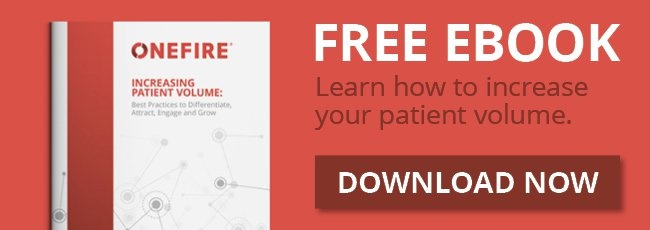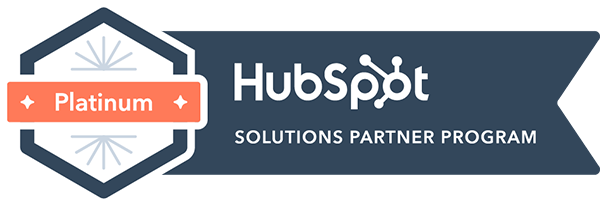
In today’s connected world, patients are much more educated on medical conditions and available treatment options are much further through the process of selecting a provider for elective procedures before they ever interact with a member of your staff.
Google and WebMD have forever changed the journey that your patients take before seeking treatment. While referrals from other doctors and satisfied patients continue to play an important role in growing your practice, patients view your doctors, services, and overall practice through a far more transparent lens than ever before.
According to an ongoing study by Pew Research, 80% of all Internet users have searched for a health-related topic online, with many of these searches consisting of practice and provider research in their area. This trend continues to increase and clearly has a profound impact on the way patients and family members seek information and choose a specific provider.
As this is the method in which your current and future patients are finding their information, it is vital to have an active online presence. To assist in those efforts, here are 10 effective online strategies to stay active online and grow your patient volume:
1. Harness Your Brand Distinction
Discovering the elements that differentiate your practice from your competitors will allow you to stand out from the many other practices your patients are searching for. Your Brand consists of determining your Brand Promise (what you say you’ll do) and your Brand Purpose (why you do what you do), paired with your Brand Performance (what your patients and prospective patients actually experience).
2. Serve The Patient On Their Journey
Understand whom you’re targeting to ensure that you are reaching the right people at each stage of the patient’s journey. The patient journey consists of three important stages: 1) Awareness: Patients are unaware of their problems or their solutions, 2) Consideration: Patients understand their problems better, but need more information before choosing a solution, 3) Decision: Patients have found a handful of solutions, but need validation before making a decision.
3. Understand How Google Works
Cultivate your visibility to get found by potential patients. Showing up on Google is a result of the frequency and location of keywords within your webpages, how long your webpages have existed, and the number of other webpages that link to your website.
4. Build Content Strategy Around The Patient’s Journey
Decide what your implementation strategy looks like by deciding whom you want to educate and what information they will be looking for to better educate themselves. Strategize your marketing program to be held up to measurable results using SMART (Specific, Measurable, Attainable, Realistic, Time-bound) goals.
5. Create Content Based On Patient Journey
Understand the content needs to patients that are at each stage of the funnel. The three different stages of the funnel are the: 1) Top of the Funnel: Content to promote includes blog posts and premium content such as eBooks, video, and social media posts, 2) Middle of the Funnel: content to promote includes automated emails with supporting content, 3) Bottom of the Funnel: Content to promote includes automated emails with closing content.
6. Optimize Your Website
Optimizing your website for your patients is the key to engaging with prospective patients during their patient journey and converting visitors into prospective patients. Your website is the base on which all your other marketing strategies are built, so it needs to be optimized to function as a well oiled machine for all your other efforts. This can be done in many ways including using keyword-based titles, creating meta tags, developing new sitemaps, and many more.
7. Blog to Keep Things Fresh
Googlebots are continually indexing the content on your website based on a variety of criteria, including “freshness.” Website pages have content that does not often change and in some ways is considered “stale” by Google, which can adversely affect your Google SERP ranking. One of the most easy and cost-effective ways to keep content fresh is through regularly posting relevant content that people are searching for on your Blog.
8. Utilize The Right Tools and Grow Your Conversions
Choose appropriate marketing automation software that fits your company’s needs. This will allow you to handle all your marketing campaigns from one interface. For example, HubSpot allows you to manage all your calls-to-action, landing pages, workflows, email campaigns, blog posts, and much more, all from their platform. This reduces confusion, allows for an easier learning curve, and an overall more effective program for your team.
9. Post Regularly to Drive Traffic
Today, content saturation is making it harder than ever to stand out in your patients’ feeds. That means you need a clear social media strategy, an optimized content calendar, and a plan to make every post count. Creating a mix of warm, feel-good posts about your staff and doctors with posts about eye-health related subjects and posts designed to promote content on your blog and landing pages is most effective.
10. Prove Your ROI
Get your leadership team and any other decision influencers to understand the key components of marketing and that it is a revenue-generation activity in that it allows you to generate prospective patients and nurture them through engaging content. Proving your ROI will not only get your team on board, but it will allow you to illustrate the success of your marketing efforts over time.
By identifying and implementing these important online strategies, you will help your practice build more measurable results and a better ROI to meet your business development goals.




